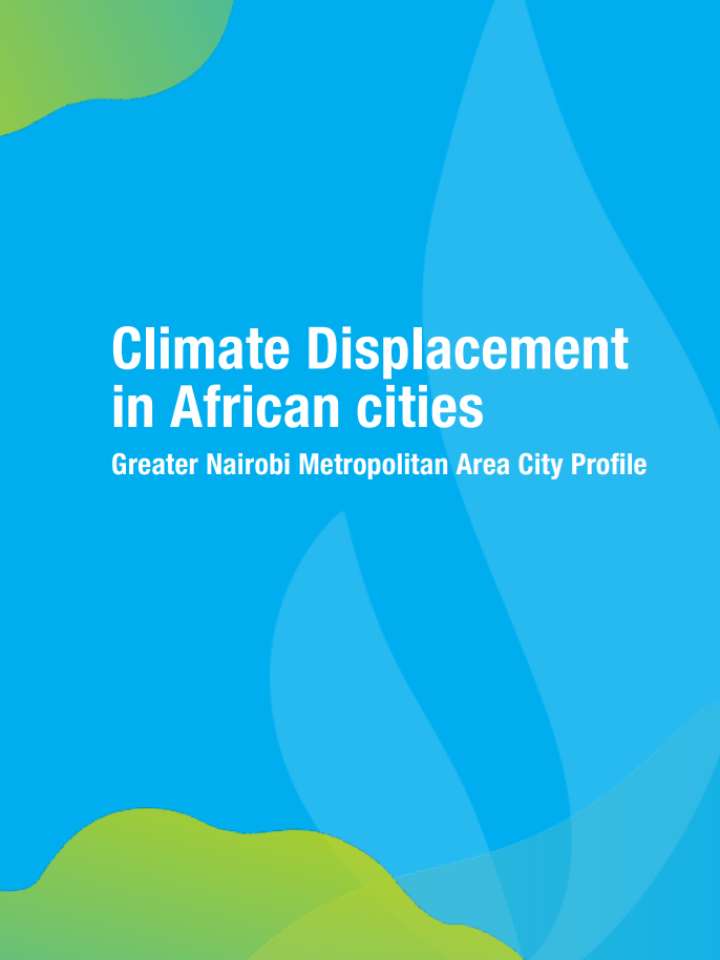Climate displacement in African Cities: Greater Nairobi metropolitan area city profile
This publication covers the findings of a group of public sector professionals from the greater Nairobi metropolitan area, including from Kiambu, Kajiado and Machakos Counties, as well as Laikipia County to the north of Nairobi, in collaboration with Lund University and the Raoul Wallenberg Institute of Human Rights and Humanitarian Law. The group jointly examine human rights and gender equality dimensions of climate- and disaster-related displacement. Rapid urbanization and population growth have forced many, particularly people with fewer resources, to settle in fragile areas like floodplains within urban regions.
Key conclusions and recommendations of the article include the following:
- Given the increasing concern for flood damage, it is essential to devise preventative measures and sustainable solutions. We must preserve wetlands and restore rivers and waterways to their natural paths. Preventing floods also necessitates thoughtful urban planning and conscientious home-building practices.
- The central government, the county government, and the Nairobi Metropolitan Services need to collaborate with the private sector to mitigate future flood threats. This calls for addressing the compromised drainage systems in the Nairobi metropolis, which suffer from subpar workmanship or improper material usage.
- Public and private investments should enhance to support viable climate change adaptation options for pastoralists within communal, urban, and private land tenure systems.
- Utilizing various media outlets, such as national TV talk shows, community radio talk shows, internet-based publicity, and bulk text messaging can effectively highlight the drought and flood issues in the metropolitan area
Explore further
